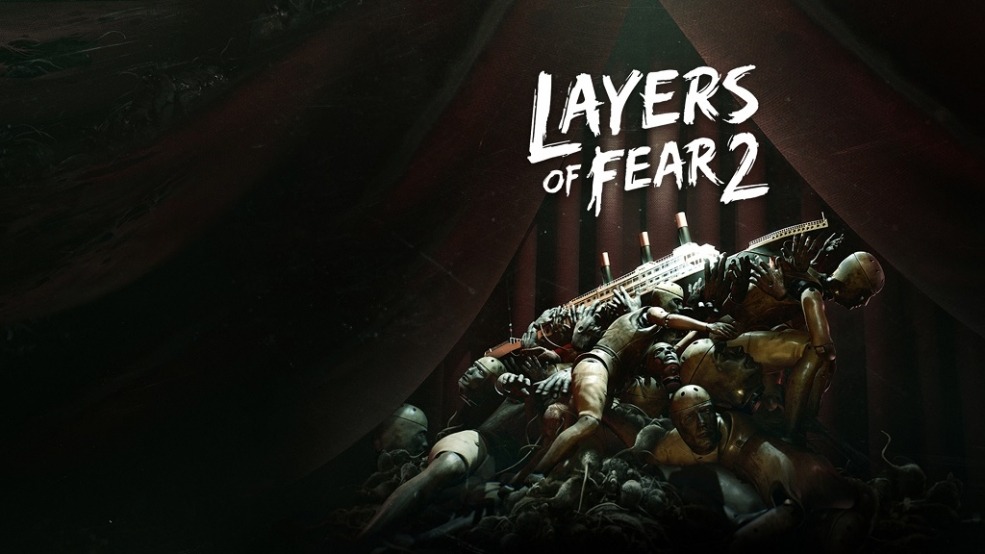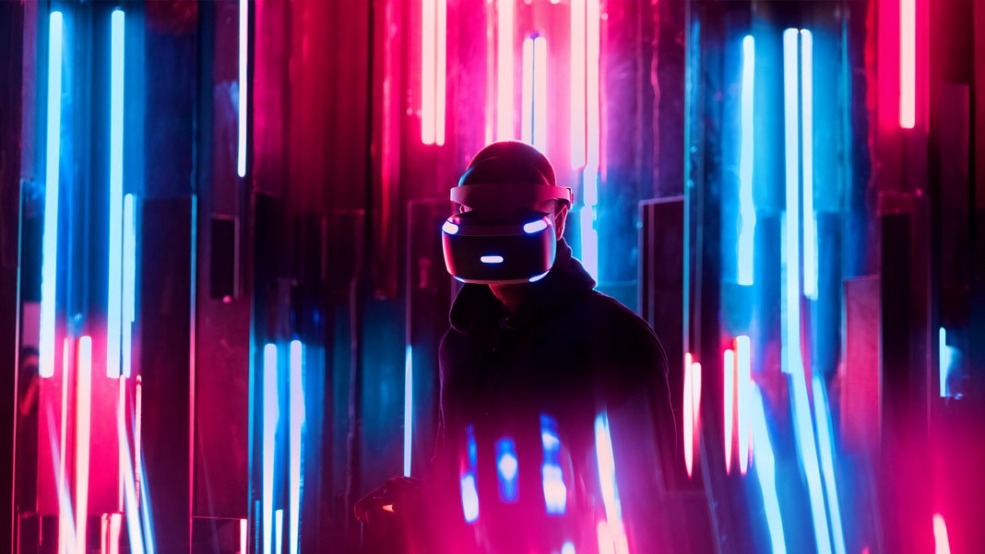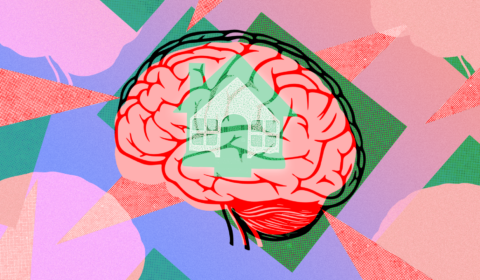The next generation of gaming is undoubtedly focused on creating more immersive and realistic experiences for consumers, and that’s a dreaded/thrilling prospect for the horror genre, depending on where you sit.
Horror has always had a prominent place in gaming; from linear hallway shooters like Silent Hill and early entries of the Resident Evil franchise, to the first-person puzzle solving titles of today like Layers of Fear and Outlast.
Whether you’re one to flick the lights off and throw on the headset, or avoid them religiously like Amnesia’s ‘Gatherers’, there’s no doubting that the horror genre will continue to thrive and grow in conjunction with ever evolving gaming technologies, and increasingly ambitious developers.
The real question is: what’s next for the genre?

In 2014, Kojima Productions released a playable trailer (or P.T.) as a free download on the PlayStation Network, which served primarily as an interactive teaser for a – now cancelled – instalment to the Silent Hill series.
Konami collaborated with a real master of the macabre in horror director, Guillermo del Toro, to create a revolutionary first-person experience that would eventually be met with critical acclaim.

P.T.’s authenticity (minus the wandering ghoul and faceless baby in a basin) struck a chord with avid horror enthusiasts and casuals gamers alike, becoming something of a YouTube challenge overnight.
The unprecedented level of detail in the visuals and sound design, combined with both the slow-burn tension and subtle direction, made the brief experience feel more like a simulation than a game. It inadvertently offered a new subgenre for horror games that, incidentally, is still thriving today.





















